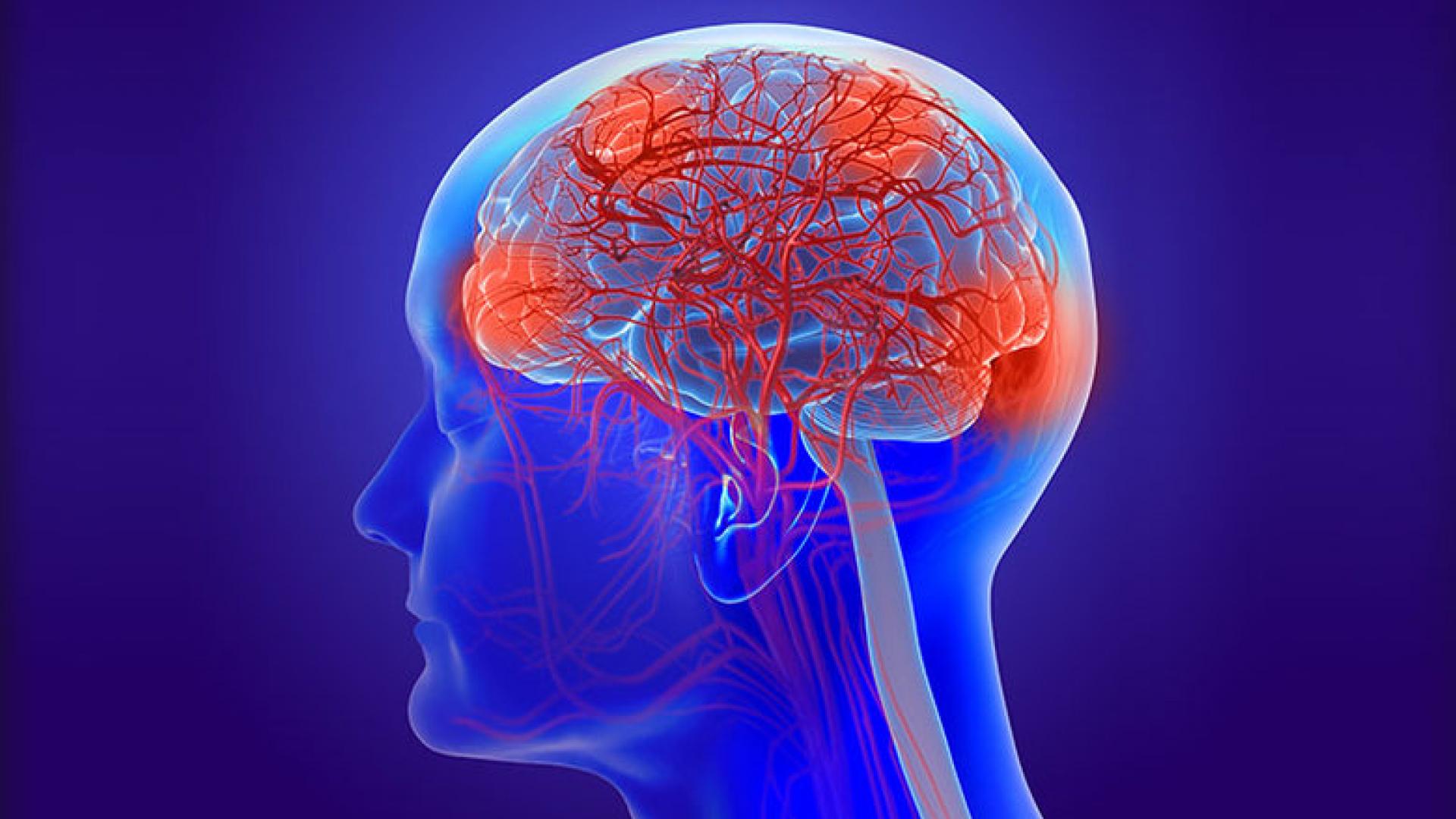Constant Turnover Seen in Pathological Tau Formations Associated with Alzheimer’s
Written By: BrightFocus Editorial Staff



Written By: BrightFocus Editorial Staff

Dr. Croft, Dr. Golde, and colleagues used a method, consisting of thin sections of brain tissue from mice that were kept alive for months in cell culture dishes, to model how tau accumulates and changes in the brain. Their results showed that brain tissue containing the normal, nonpathological versions of tau do not form inclusions. The researchers were surprised to find that these tau inclusions weren’t just static clumps of protein.
What: In mice, tau protein inclusions associated with Alzheimer’s are not stable structures in the brain, but undergo constant change, which occurs less quickly with age.
Where: Croft CL, et al, Photodynamic Studies Reveal Rapid Formation and Appreciable Turnover of Tau Inclusions, Acta Neuropathologica, 2021
BrightFocus Connection: This project was supported by an Alzheimer’s Disease Research (ADR) grant to first author Cara L. Croft, PhD, postdoctoral researcher working in the lab of Todd Eliot Golde, MD, PhD, who directs the University of Florida McKnight Brain Institute. Dr. Golde was her mentor on the project and is senior author on this report. He is a past BrightFocus grantee and current member of the ADR Scientific Review Committee.
Why It Is Important: Alzheimer’s disease (AD) is a part of a group of diseases called tauopathies, in which the accumulation of pathologic forms of the protein tau has been associated with cognitive decline and the death of brain cells. Despite this connection, scientists still are not sure how tau accumulation leads to cell death and thus influences the course of AD. Now, this group of researchers has shown that tau protein “clumps,” called inclusions, are not static “tombstones” that arise in the brain, but are instead dynamic structures that could potentially reverse and clear away, but that tau inclusions turn over more slowly as brains age.
To conduct the project, Dr. Croft, Dr. Golde, and colleagues used a method, consisting of thin sections of brain tissue from mice that were kept alive for months in cell culture dishes, to model how tau accumulates and changes in the brain. Their results showed that brain tissue containing the normal, nonpathological versions of tau do not form inclusions. However, brain tissue containing disease-related forms of the protein did form tau inclusions within about four days that persisted for months. The researchers were surprised to find that these tau inclusions weren’t just static clumps of protein. Each day, newly made tau was incorporated into inclusions, and, after about a week, the original tau proteins had been completely replaced. This turnover slowed down as the tissues aged.
Going forward, researchers may use this model to further explore how tau functions, particularly how clumping of the protein is connected to cell death. Importantly, their work could lead to a new therapeutic strategy that manipulates tau turnover and clearance to slow AD and improve symptoms.
BrightFocus Foundation is a premier global nonprofit funder of research to defeat Alzheimer’s, macular degeneration, and glaucoma. Through its flagship research programs — Alzheimer’s Disease Research, Macular Degeneration Research, and National Glaucoma Research— the Foundation has awarded nearly $300 million in groundbreaking research funding over the past 51 years and shares the latest research findings, expert information, and resources to empower the millions impacted by these devastating diseases. Learn more at brightfocus.org.
Disclaimer: The information provided here is a public service of BrightFocus Foundation and is not intended to constitute medical advice. Please consult your physician for personalized medical, dietary, and/or exercise advice. Any medications or supplements should only be taken under medical supervision. BrightFocus Foundation does not endorse any medical products or therapies.

University of Florida

Mayo Clinic Jacksonville
